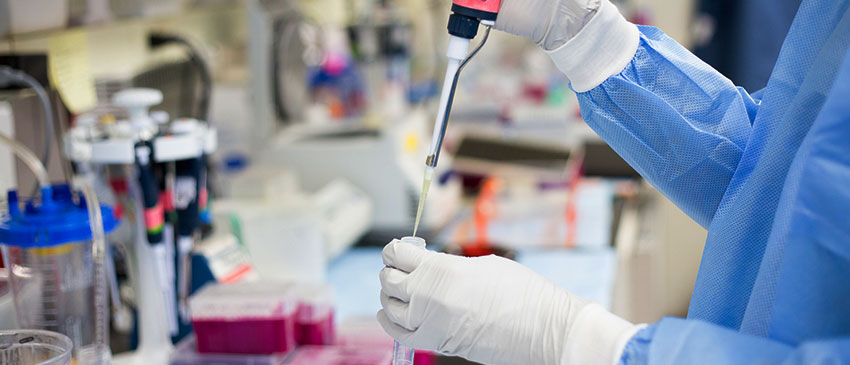Inadequate process validation is among the most common Issues resulting in warnings from the US Food and Drug Administration. It might also be the toughest to address, based on Max Sherman, the editor of RAPS’ recently released second edition of The Medical Device Validation Handbook. Unfortunately, a number of regulatory and quality professionals, and others involved with device compliance, lack the essential knowledge and expertise. People need a greater comprehension of what validation is made up of, in addition to the procedure for validation itself, says Sherman.

What is Validation?
FDA provides many diverse definitions. In the Introduction into the Validation Handbook, Sherman writes that the broad definitions in 21 CFR 820 could be contributing to the issue of inadequate validation. The regulation defines design and process validation separately. Process validation means establishing by objective evidence that a process consistently produces a result or product meeting its predetermined specifications, and design validation means establishing by objective evidence that device specifications conform to user needs and intended uses. Both definitions lack specificity, says Sherman. Adding to the confusion, FDA uses yet another definition in its own 2011 Guidance for Industry: Process Validation: General Principles and Practices. Psychotherapy is closely associated with the associated concept of Verification, but it is important to comprehend the difference, says Sherman.
Verification involves medical device testing every element of a system meets the appropriate specifications and criteria, while validation is concerned with the end product. Sherman provides two analogies to help illustrate the point. Verification always comes first, he says, as the recipe and ingredients come before preparing a meal, or construction materials and their specifications come before building a home. Validation, concerning cooking, would be assessing the way the meal tastes. In construction, it would be deciding whether the home meets the residents’ needs. In most businesses, the group responsible for validation Usually is headed up by somebody in quality, like a validation or software validation engineer, but normally, there are numerous parties involved from various departments. Most firms have a lot of areas reviewing the validation protocol, says Sherman, and these should always include someone in regulatory. Regulatory personnel also are accountable for addressing 483s or Warning Letters that cite validation deficiencies.